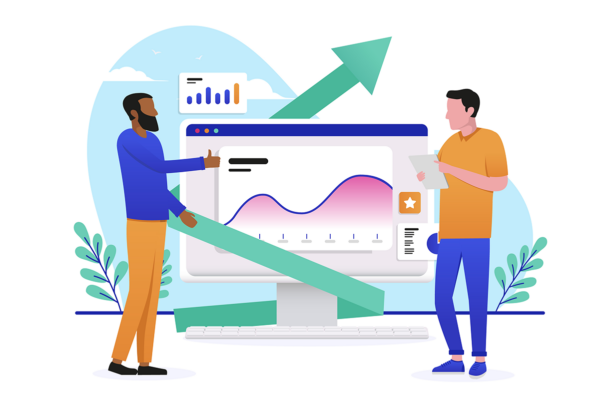Ping tree waterfall is a method used in lead generation to increase the chances of converting leads into paying customers. It involves multiple buyers or lead buyers bidding on a lead, with the lead being passed down through a “waterfall” of buyers until it is sold to the highest bidder.
The process begins with the lead being sent out to the first-tier buyers, who are typically the highest-paying buyers. If the lead is not sold by the first-tier buyers, it is passed down to the next-tier buyers, and so on. This process continues until the lead is sold or reaches the end of the buyer list.
One of the main advantages of using a ping tree waterfall is that it allows lead buyers to reach a wider range of potential customers, as well as increasing the chances of converting a lead into a sale. It also allows buyers to bid on leads based on their own qualifications and purchasing budgets, ensuring that the lead is sold to the buyer that is most likely to convert it.
In addition to this, ping tree waterfall also allows the seller or lead providers to maximize their revenue by allowing multiple buyers to bid on the same lead. Furthermore, this method also increase the speed of lead distribution and reduce the time spent on lead distribution.
However, there are some challenges associated with using a ping tree waterfall. One of the biggest challenges is that it can be difficult to determine the true value of a lead, which can make it difficult for buyers to bid on leads effectively. Additionally, there is a potential for lead fatigue which can occur when a lead is sold multiple times, leading to lower conversion rates.
Overall, Ping tree waterfall is a powerful tool for lead generation, but it requires a thorough understanding of how it works and how to optimize it for the best results. The key is to implement it effectively, working closely with the lead providers, and keeping track of the conversion rate and revenue generated from the leads sold via ping tree waterfall.



